Welcome, fellow history enthusiasts, to another exciting installment of Historical Travels! In this chapter of our time-traveling adventure, we’re setting our coordinates for the land of pharaohs, pyramids, and millennia-old mysteries. That’s right, we’re off to Egypt, where the sands of time have preserved some of the most awe-inspiring ancient sites known to humankind. So, put on your explorer’s hat and get ready to embark on a journey through time as we uncover the top ancient sites to visit in Egypt.
The Great Pyramids of Giza
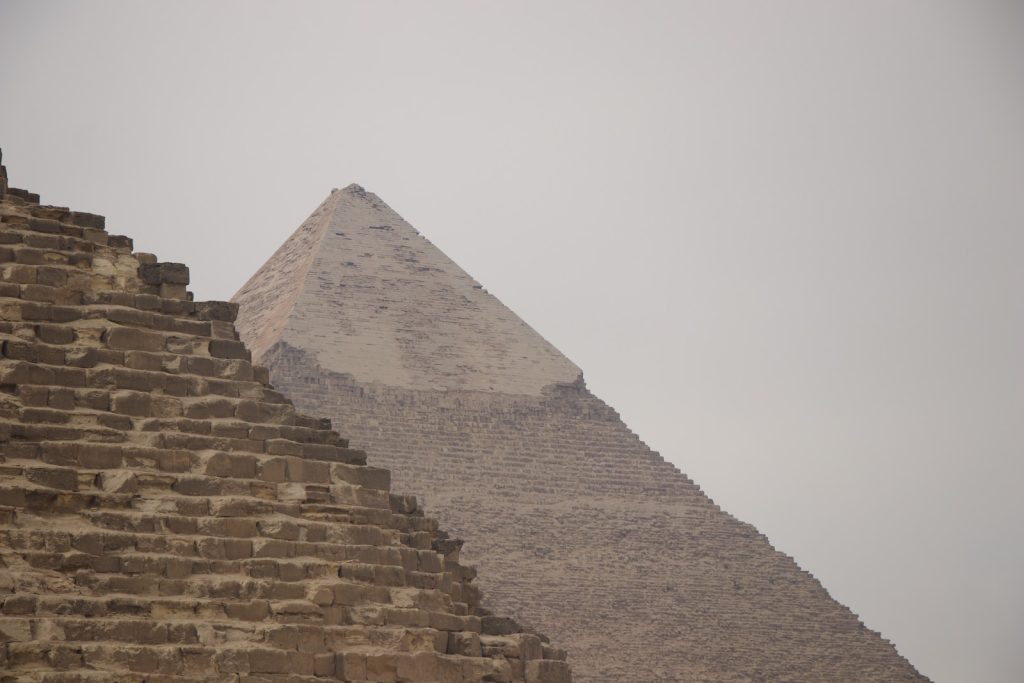
Our journey through time kicks off with a bang – or should I say, with a mighty construction project that has withstood the test of millennia! Behold, the Great Pyramids of Giza, the poster children of ancient Egypt. You can’t visit this enchanting country without paying your respects to the colossal wonders that have intrigued and baffled historians, engineers, and adventurers for centuries.
As you stand before the colossal pyramids, you’ll marvel at the architectural prowess of the ancient Egyptians. The Great Pyramid of Khufu, the largest of the three, is the one that steals the show. Built around 4,500 years ago, this structure was the tallest man-made monument for over 3,800 years! How’s that for a lasting impression?
The Sphinx: Guardian of the Pyramids
Not far from the pyramids stands another iconic figure that’s captured the world’s imagination—the enigmatic Sphinx. Gazing over the horizon with the body of a lion and the head of a Pharaoh, this colossal sculpture has an aura of mystery about it that’s as captivating as its monumental size.
While the exact purpose of the Sphinx remains a matter of debate, one thing is for sure – it’s a must-see during your journey through time in Egypt. You can almost hear it whispering ancient secrets as you take in its grandeur against the backdrop of the pyramids.
Luxor: The Open-Air Museum
Our journey continues down the Nile to the city of Luxor, a place that’s often dubbed the “world’s greatest open-air museum.” And believe me, it’s not an exaggeration. Luxor is home to an astonishing array of well-preserved ancient sites that can leave even the most seasoned traveler in awe.
First up is the Karnak Temple Complex, a colossal structure that served as a place of worship for over 2,000 years. As you wander through its sprawling precincts, you’ll encounter massive pillars, stunning hieroglyphs, and the grand Hypostyle Hall, which has 134 columns, each reaching 23 meters in height.
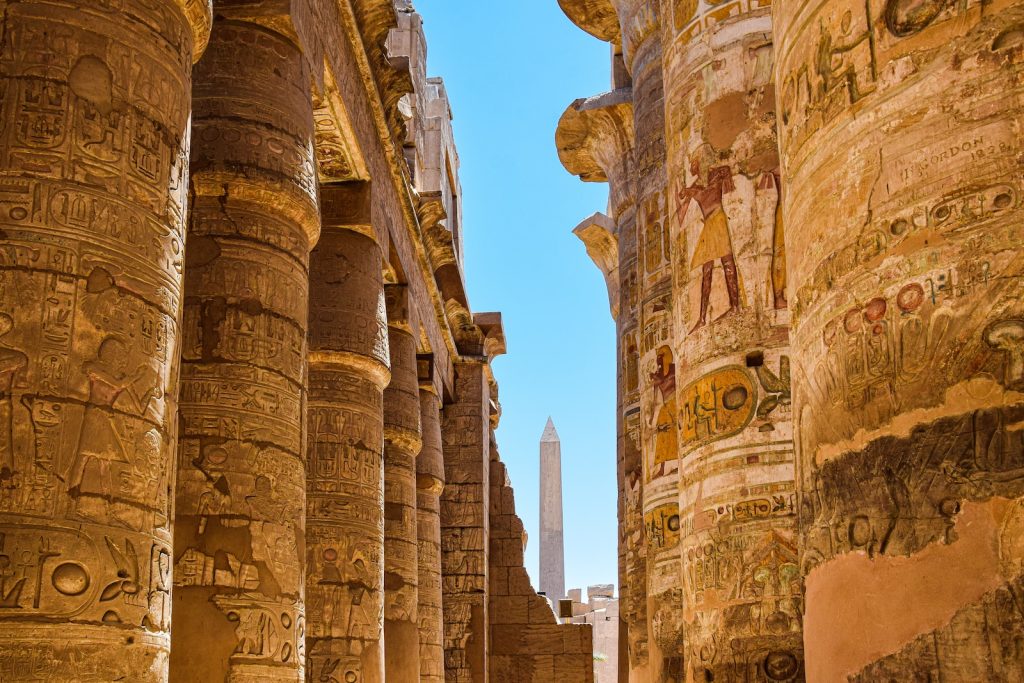
But that’s just the tip of the pyramid! I mean, iceberg. In Luxor, you’ll also find the remarkable Valley of the Kings, a burial ground for numerous pharaohs, including the famous Tutankhamun. As you explore the intricate tombs carved into the rock, you’ll be transported back in time to the golden era of the Egyptian New Kingdom.
Abu Simbel: The Temples of Ramses II
Time to take a scenic detour to southern Egypt, where we’ll discover the extraordinary temples of Abu Simbel. Built by Ramses II around 1264 BC, these temples are not just architectural marvels but also a testament to human ingenuity and perseverance.
The most striking feature of Abu Simbel is the colossal statues of Ramses II that guard the entrance. These imposing figures are not only an incredible sight to behold but also a demonstration of ancient Egyptian power and devotion. Inside, the temples are adorned with intricate carvings and stunning artwork that tell the stories of Egypt’s glorious past.
The Temples of Karnak: Monumental Architecture
We’ve already visited Luxor, but Karnak deserves a special mention. The Karnak Temple Complex is not just a single temple; it’s a sprawling complex with various temples, chapels, pylons, and obelisks that are a testament to the grandeur of the New Kingdom.
One of the highlights of Karnak is the Precinct of Amun-Ra, which includes the striking Hypostyle Hall with its towering columns, some of which are more than 20 meters tall. As you stroll through these ancient structures, it’s impossible not to be overwhelmed by the scale and significance of these monuments.
The Temples of Edfu and Kom Ombo: Double Delight
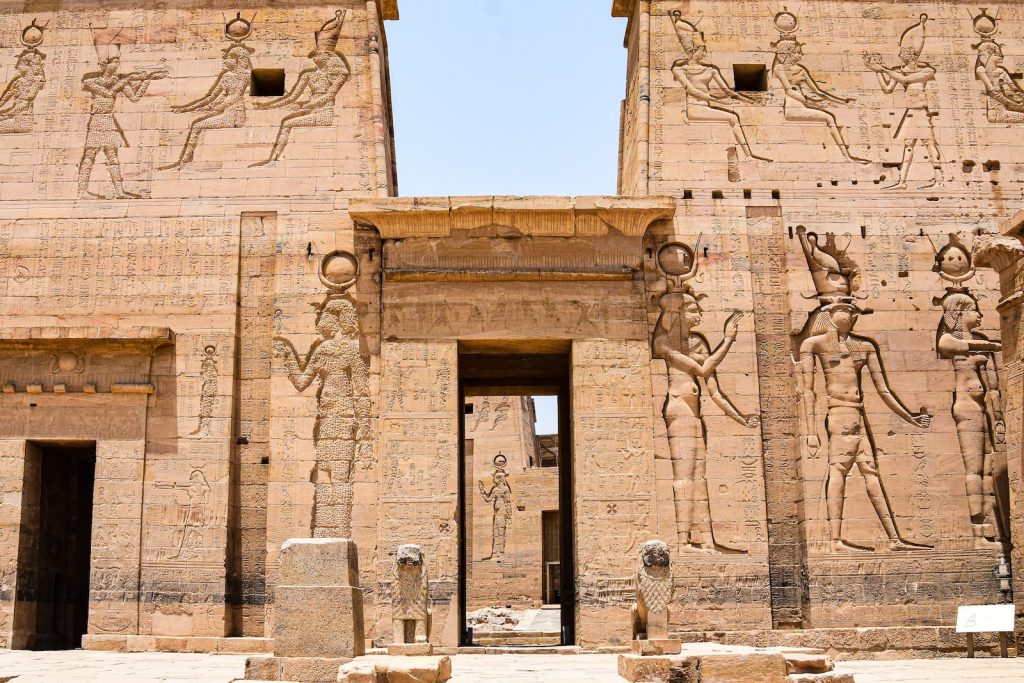
Our journey through time takes us to Edfu and Kom Ombo, where two temples dedicated to the gods Horus and Sobek, respectively, await. The Temple of Horus at Edfu is remarkably well-preserved, and its detailed inscriptions offer a valuable glimpse into the religious beliefs of the time.
At Kom Ombo, you’ll find the unique Temple of Sobek and Haroeris. What sets this temple apart is its double dedication, with separate sanctuaries for the crocodile god Sobek and the falcon god Haroeris. It’s a fascinating site that showcases the ancient Egyptians’ intricate understanding of their pantheon.
Aswan: The Unfinished Obelisk and Philae Temple
Aswan, the sun-soaked city on the banks of the Nile, is home to a pair of archaeological treasures that you won’t want to miss. First up is the Unfinished Obelisk, a mammoth block of red granite that was being carved from the bedrock when a crack was discovered, leaving it abandoned for eternity. This unfinished monument provides valuable insights into the process of obelisk construction.
On the island of Philae, you’ll find the stunning Philae Temple, dedicated to the goddess Isis. This beautiful temple was relocated from its original location, which was submerged by the construction of the Aswan High Dam. The temple’s tranquil setting on Agilika Island makes it a perfect place to reflect on Egypt’s ancient history.
The Temple of Horus at Edfu: A Journey Back in Time
Next on our adventure through Egypt is the Temple of Horus at Edfu, dedicated to the falcon-headed god Horus. This temple is a stunning example of well-preserved Ptolemaic architecture and is one of the best-preserved ancient temples in Egypt.
As you explore the temple’s towering pylons, you’ll be struck by the intricate hieroglyphs and beautifully carved reliefs that adorn its walls. The inner sanctum is a serene place to reflect on the spirituality of the ancient Egyptians, and the sense of awe and reverence they felt for their gods.
The Temple of Kom Ombo: Uniting Dualities
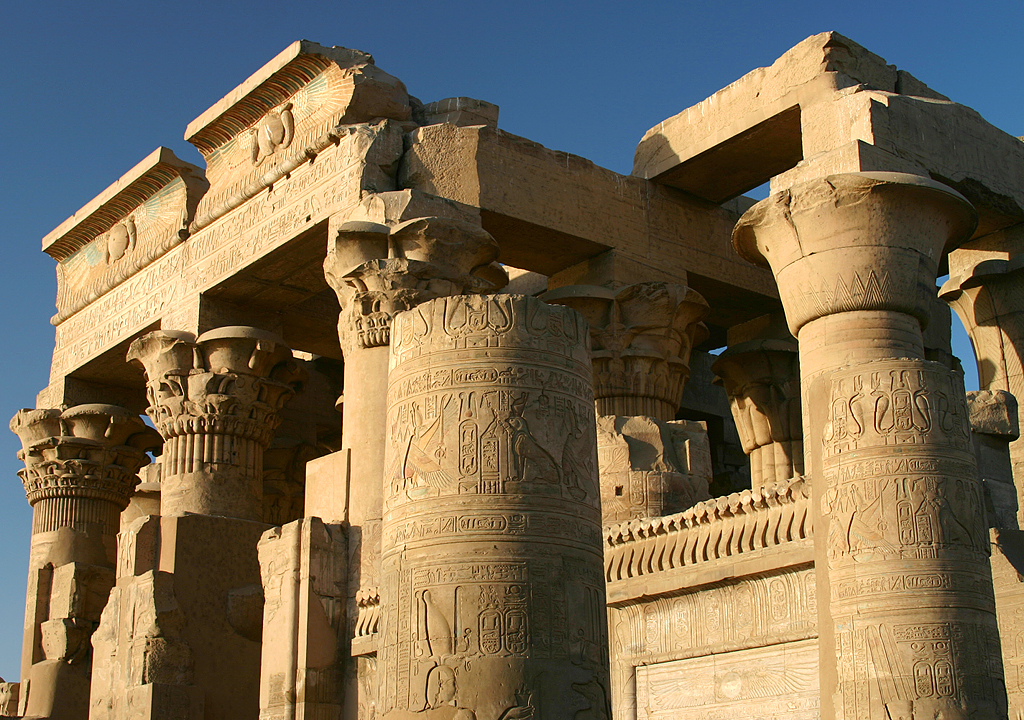
Our next stop brings us to the fascinating Temple of Kom Ombo, perched on the banks of the Nile. What makes this temple truly unique is its dedication to two deities: Sobek, the crocodile god, and Haroeris, the falcon-headed god.
Wandering through its grand halls, you’ll notice the intricate carvings and reliefs that depict ancient medical instruments, showcasing the temple’s role as a healing center in antiquity. The crocodile mummies on display offer a glimpse into the importance of Sobek to the local community.
Dendera Temple Complex: Starry Ceilings and Mysteries
Our time-traveling journey wouldn’t be complete without a visit to the Dendera Temple Complex, located north of Luxor. This stunning temple is dedicated to Hathor, the goddess of love, music, and beauty.
What sets the Dendera Temple Complex apart is its famous “Dendera Zodiac,” a detailed and well-preserved representation of the night sky. The celestial ceiling is a masterpiece of ancient astronomy, and it continues to pique the interest of historians, archeoastronomers, and star-gazers alike.
As we explore these ancient wonders, it’s impossible not to be humbled by the extraordinary achievements of the ancient Egyptians. Their temples, tombs, and pyramids stand as a testament to their architectural, artistic, and spiritual prowess.
So, there you have it, fellow travelers: a detailed guide to the top ancient sites in Egypt, a land where the past and the present seamlessly coexist. As you wander through these mesmerizing remnants of an ancient civilization, remember to savor every moment and take in the grandeur of this unique journey through time.
Stay curious, stay awe-inspired, and stay tuned for more historical travels with Zora Hood, your trusty time-traveling historian. Until next time, happy exploring!



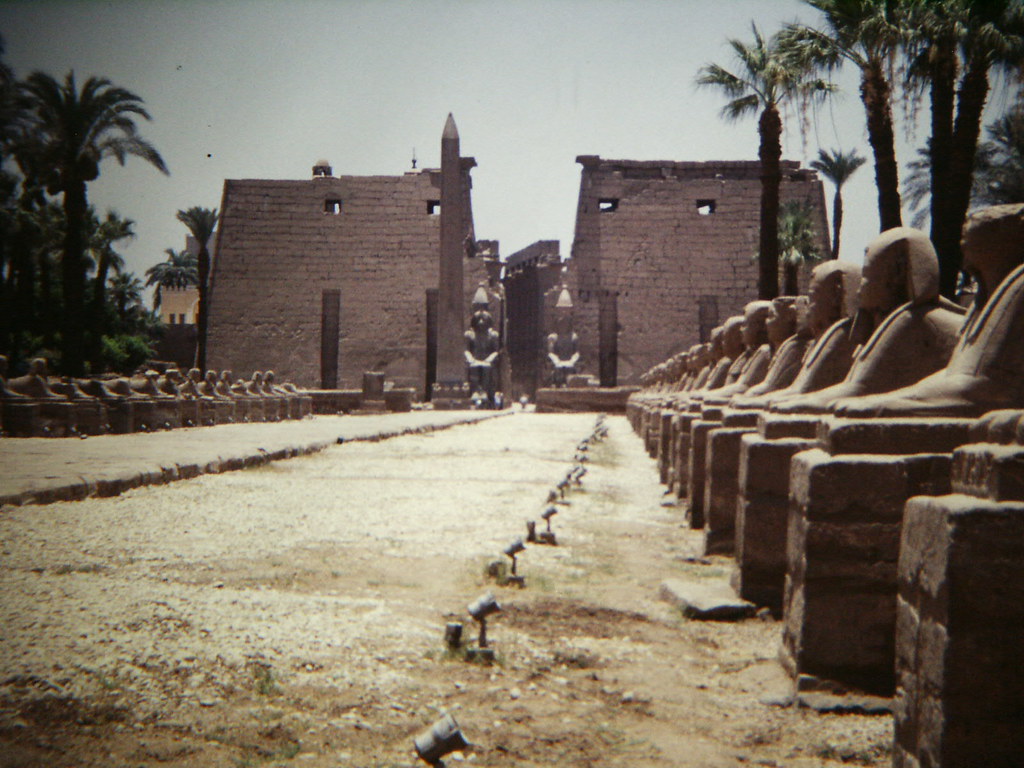
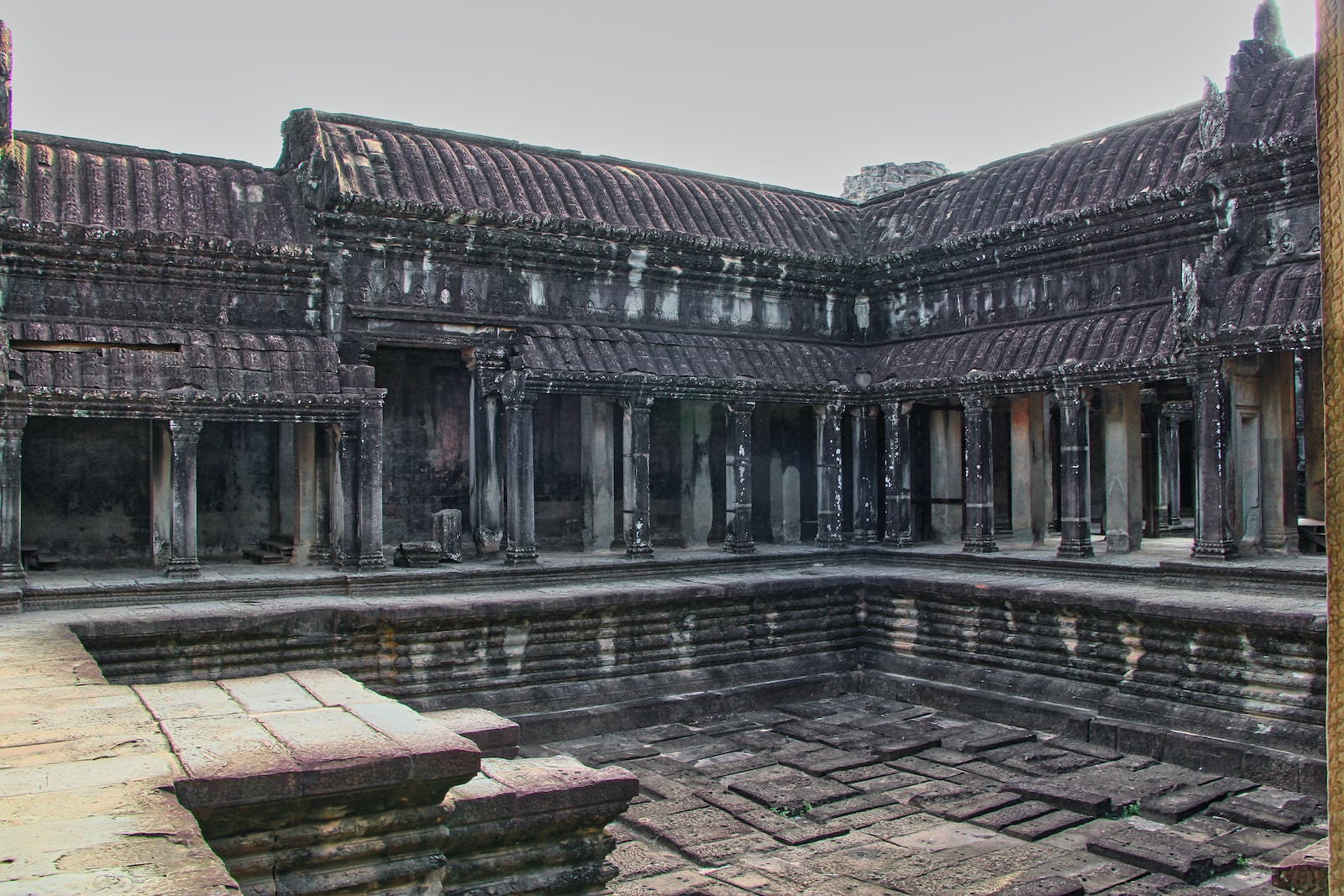










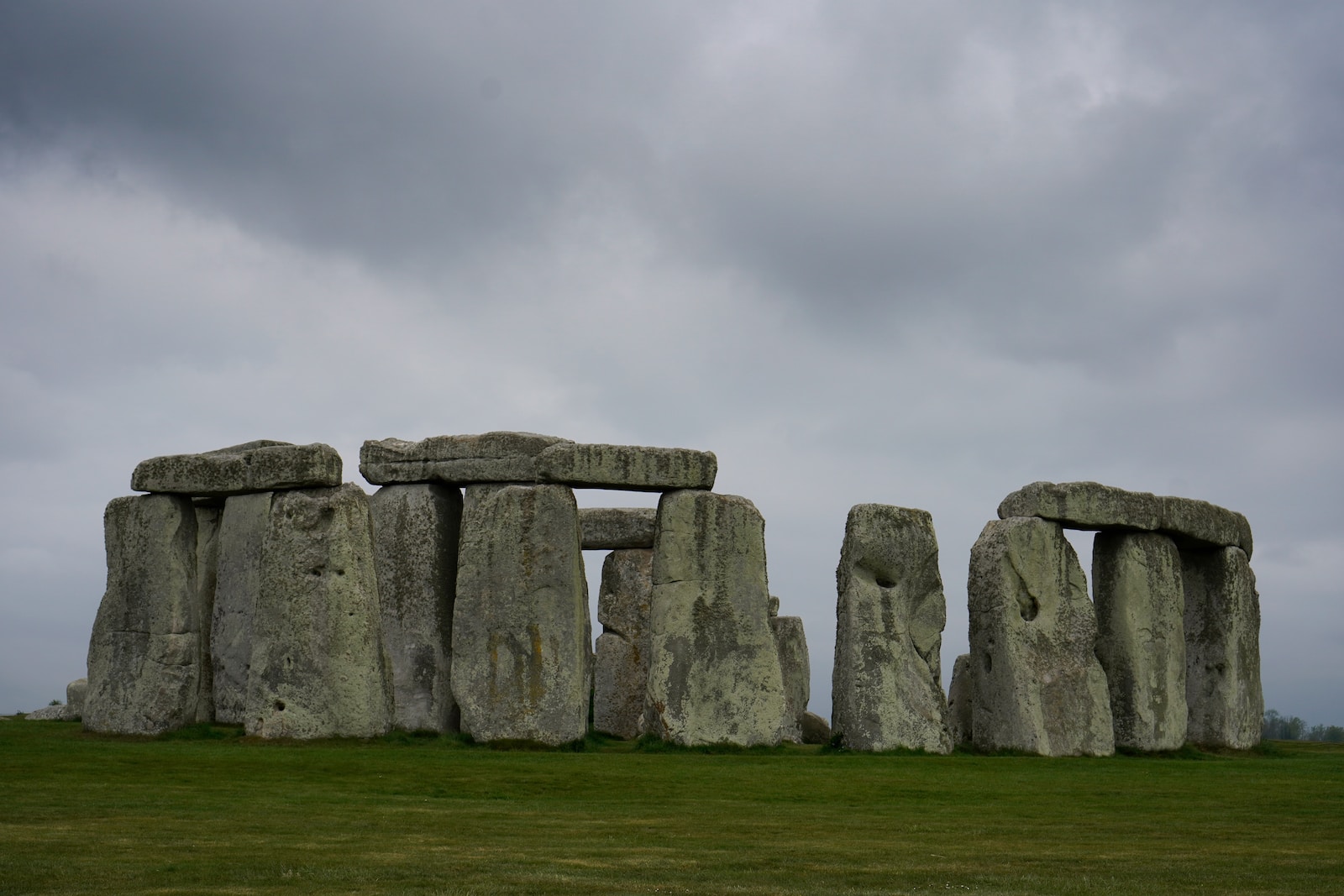

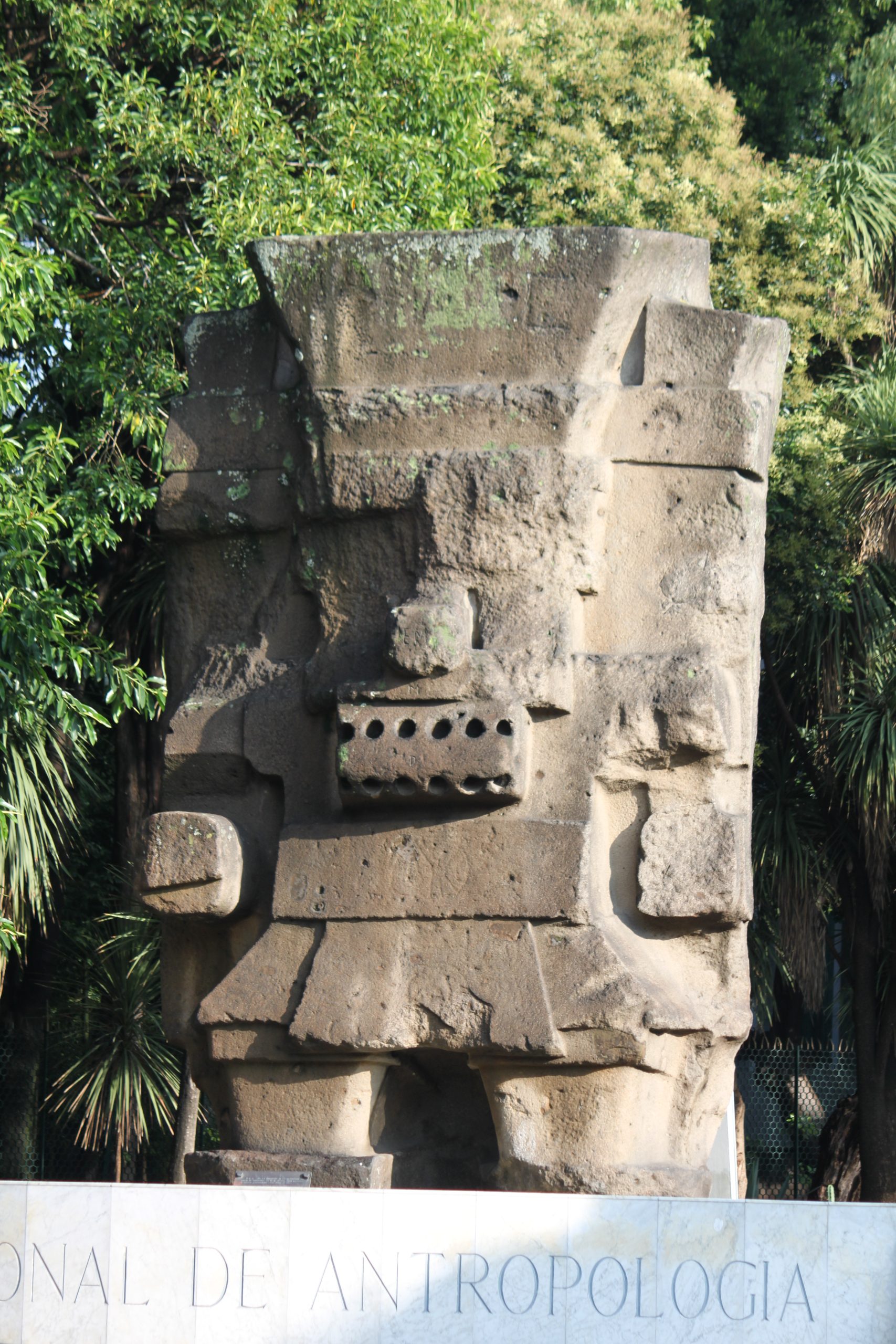

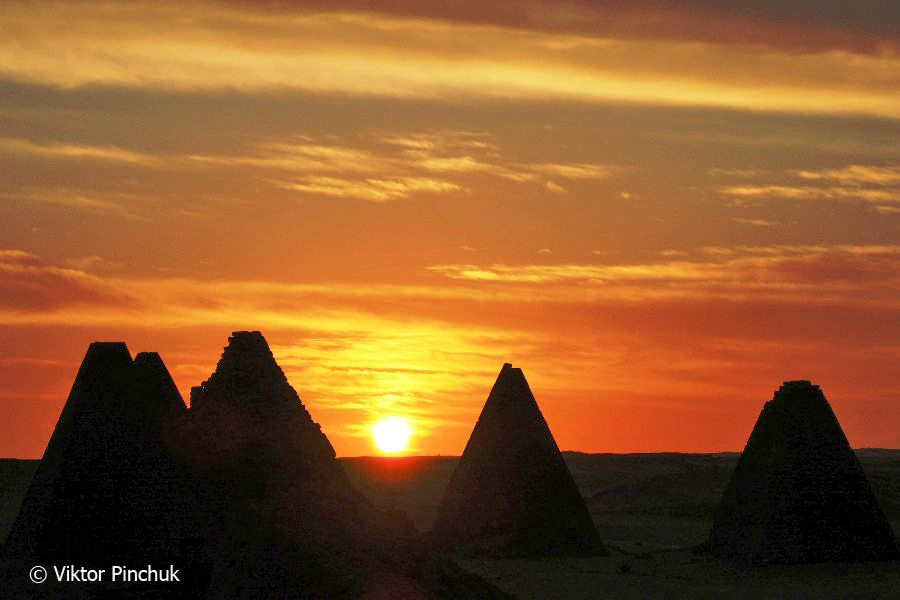


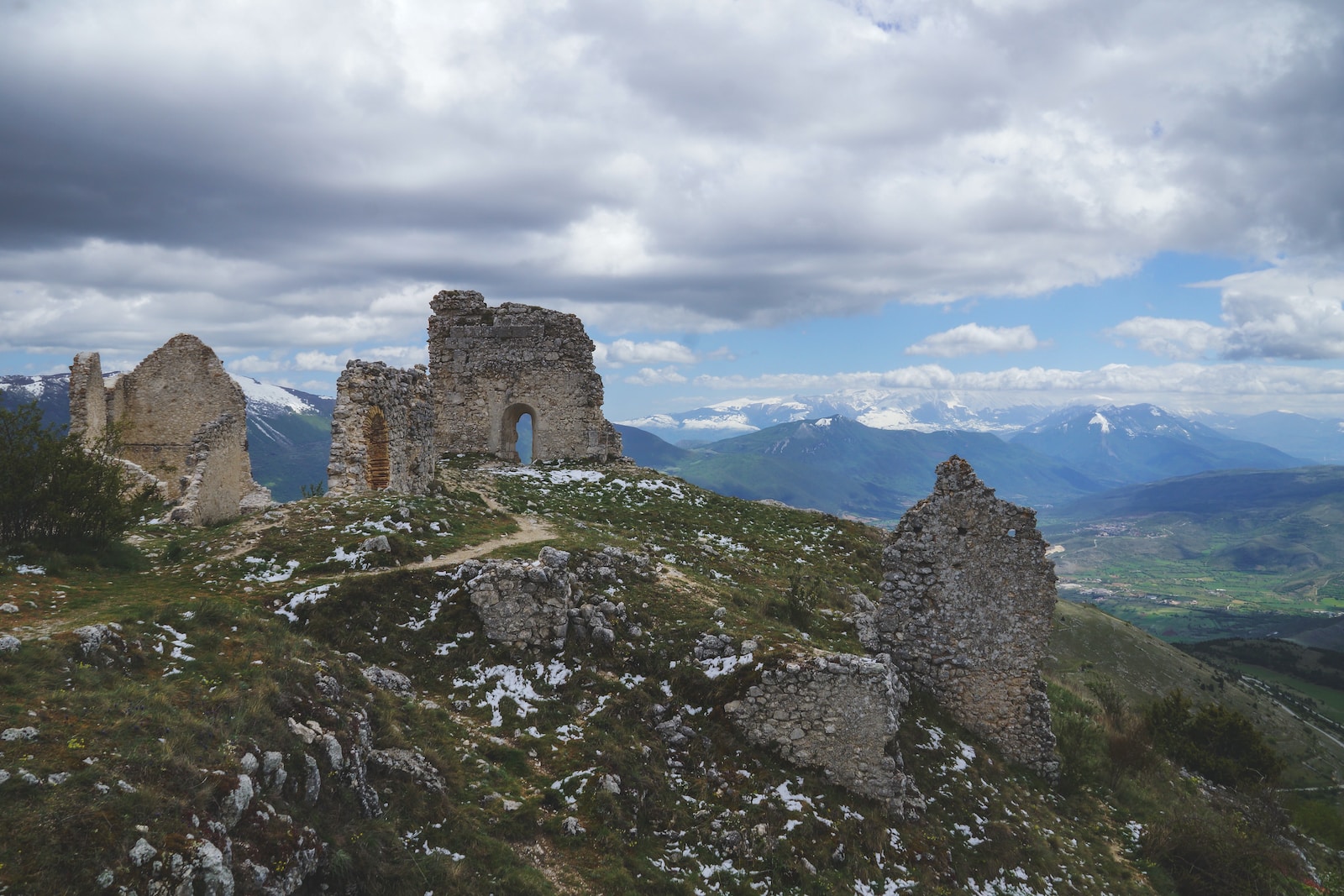

Hello!! My name is Anna
I love to eat, travel, and eat some more! I am married to the man of my dreams and have a beautiful little girl whose smiles can brighten anyone’s day!